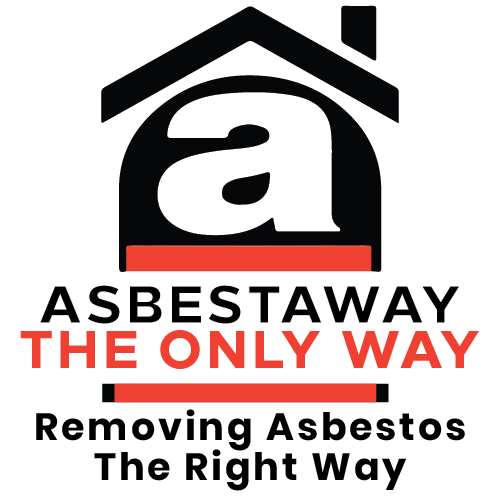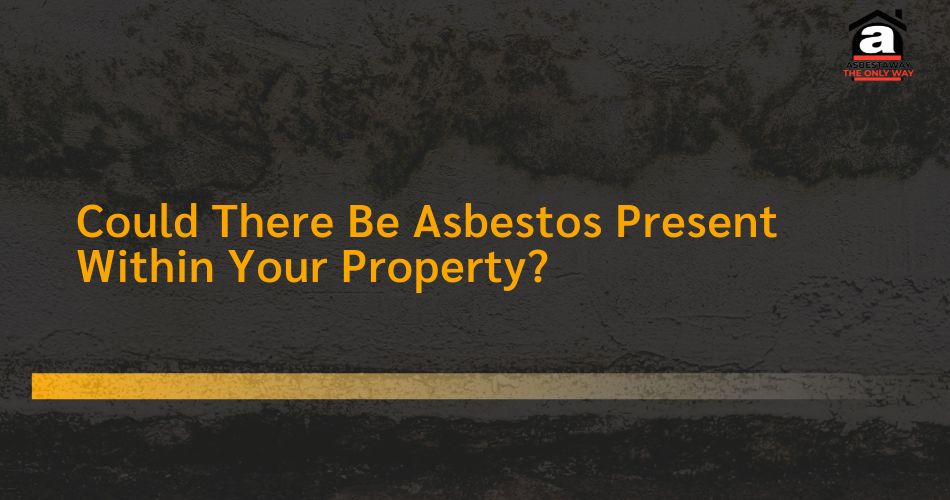Asbestos refers to a group of naturally occurring minerals that have a fibrous structure. These minerals were valued for their heat resistance, strength, and insulating properties. In the past, it was heavily used in building materials like insulation and roofing because of its durability. However, today asbestos is widely known as a dangerous substance. Breathing in its tiny fibres over time can lead to serious health issues such as respiratory diseases and cancer. That’s why it’s important to identify asbestos. Once detected, property owners can take steps to manage and reduce the risks associated with asbestos exposure, ensuring the safety and well-being of everyone who lives or works in those spaces.
Health Risks Associated with Asbestos
1. Respiratory issues
Asbestos fibres, when inhaled, can cause severe respiratory issues by penetrating deep into the lungs. Common conditions associated with asbestos exposure include asbestosis, which scars lung tissue and hampers breathing, and pleural abnormalities that restrict lung expansion. Additionally, asbestos can lead to pleural effusion, causing fluid buildup between the lungs and chest wall, and pleuritis, which inflames the pleura, resulting in chest pain and discomfort.
2. Cancer risks
Exposure to asbestos significantly increases the risk of developing various cancers, primarily affecting the lungs, abdomen, and larynx. The most serious cancer associated with asbestos exposure is mesothelioma, a rare and aggressive disease affecting the lining of the lungs, abdomen, or heart. Lung cancer risk is also heightened by asbestos exposure, especially in smokers.
3. Other health concerns
Aside from respiratory problems and cancer risks, asbestos exposure has also been linked to other health issues. Ingestion of asbestos fibres, typically through contaminated food or water, can potentially lead to gastrointestinal issues, although this is less common compared to respiratory exposure. Some studies suggest a possible association between asbestos exposure and cardiovascular diseases like heart disease and hypertension.
Common Areas Where Asbestos May Be Found
1. Insulation
Asbestos was commonly used in various forms of insulation due to its heat resistance and durability. It can be found in pipe insulation, boiler insulation, and other forms of thermal insulation used in buildings constructed before regulations restricted its use.
2. Flooring
Asbestos was also used in some types of flooring materials, particularly in vinyl floor tiles and the backing of vinyl sheet flooring. Older flooring materials may contain asbestos fibres, which can be released if the material is damaged or disturbed.
3. Roofing materials
Asbestos-containing materials were used in roofing products such as shingles, felts, and roofing tiles. These products provided durability and fire resistance, but they can pose a health risk if they become damaged and release asbestos fibres into the air.
4. Textured paints and coatings
Asbestos fibres were added to some textured paints and coatings to add strength and durability. These textured coatings can be found on walls and ceilings, particularly in older buildings.
Signs of Asbestos Presence
1. Age of the property
Asbestos was commonly used in construction materials until the 1980s when its health risks became widely recognized. Properties built or renovated before this period are more likely to contain asbestos-containing materials.
2. Previous renovations or construction
Any past renovations or construction activities, especially those done before the 1980s, could have disturbed asbestos materials that were in place. This increases the likelihood of asbestos being present in the property.
3. Visual inspection for asbestos-containing materials
This involves physically inspecting the property for materials known to contain asbestos. These materials could include insulation, tiles, roofing shingles, siding, textured paints, and other building materials that were commonly made with asbestos fibres.
Testing for Asbestos
1. Hiring a professional asbestos inspector
This implies the recommendation or requirement to engage a certified professional who specializes in asbestos inspection. Such inspectors are trained to identify asbestos-containing materials accurately and safely. They typically follow established protocols for sampling, handling, and analysing suspected materials to determine the presence of asbestos.
2. Sampling and analysis process
This likely refers to the systematic procedure used by professionals during asbestos inspections. It involves carefully selecting representative samples of materials suspected to contain asbestos. These samples are then analysed in accredited laboratories using methods such as polarized light microscopy (PLM) or transmission electron microscopy (TEM) to confirm the presence of asbestos fibres and determine their type and concentration.
3. DIY testing kits
DIY (Do-It-Yourself) asbestos testing kits as an alternative to hiring a professional inspector. These kits typically include instructions, materials for sample collection, and sometimes prepaid shipping to a laboratory for analysis. However, it’s important to note that DIY kits may not always provide the same level of accuracy and reliability as professional inspections, especially in complex situations or for legally required testing.
Legal Requirements and Regulations
1. Responsibilities of property owners:
This specifies the duties and obligations that property owners are expected to fulfill. These responsibilities often include maintaining the property in a safe and habitable condition, ensuring compliance with building codes and zoning laws, paying property taxes, and providing a suitable environment for tenants or occupants if the property is rented out. Responsibilities can also extend to environmental regulations, such as proper waste disposal or mitigation of hazards.
2. Compliance with local regulations and laws
This emphasizes the necessity for property owners to follow all applicable local laws and regulations. This includes zoning ordinances (which dictate how the property can be used), building codes (which regulate construction and safety standards), and any other ordinances or rules set forth by the local government. Compliance ensures that the property is legally operated and maintained within the community’s standards and requirements.
Safety Measures for Asbestos Removal
1. Hiring a licensed asbestos abatement professional
Hiring a licensed asbestos abatement professional is necessary for safe asbestos removal. These professionals are trained and certified to handle asbestos safely, following regulations and safety standards. Their expertise ensures that asbestos-containing materials are managed correctly, minimizing the release of hazardous fibres into the environment. By engaging licensed professionals, the risk of improper handling or inadequate containment during removal is significantly reduced.
2. Proper containment and disposal procedures
During asbestos removal, it is important to isolate the work area using specialized containment techniques such as plastic sheeting and negative air pressure systems. These measures prevent the spread of asbestos fibres beyond the removal site, reducing exposure risks throughout the building. Furthermore, strict disposal protocols must be followed, including double-bagging asbestos waste in sealed containers.
3. Safety precautions for occupants during the removal process
Effective communication with building occupants is key, ensuring they are informed about the asbestos removal activities, associated risks, and safety measures in place. Depending on the proximity of occupants to the work area, temporary relocation may be recommended to minimize potential exposure. Additionally, precautions such as shutting down HVAC systems and implementing air monitoring are essential to maintain indoor air quality and prevent the spread of airborne asbestos fibres throughout the building.
Why Consider Asbestaway for Safe Asbestos Removal Services?
When it comes to asbestos removal, trust is essential, and Asbestaway is a best choice. We are committed to safety, deep expertise in asbestos management, and we strictly follow regulatory standards to ensure that your property is handled with the safety and care. We have team of licensed professionals who bring years of experience and dedication to every project they undertake. At Asbestaway, we employ the latest industry practices and modern equipment to guarantee effective asbestos removal. Our approach is precise, from initial assessment through to the final clearance, ensuring that all asbestos hazards are completely removed without compromising safety. With a proven track record of successful projects across various sectors including residential, commercial, and industrial properties, Asbestaway has earned a reputation for reliability and excellence. Trust Asbestaway for comprehensive asbestos removal services that prioritize safety, expertise, and regulatory compliance.
Conclusion
Understanding the presence of asbestos in your property is important for safeguarding the health and safety of everyone. Asbestos, once a widely used material praised for its durability, now poses significant health risks, including respiratory diseases and cancer, when its fibres are inhaled. Identifying asbestos and managing its removal safely are essential steps toward creating a secure environment. Detecting asbestos requires a thorough inspection by certified professionals who can accurately assess and safely handle suspected materials. Trusting certified experts like Asbestaway for comprehensive asbestos removal services guarantees safe and efficient asbestos removal.

